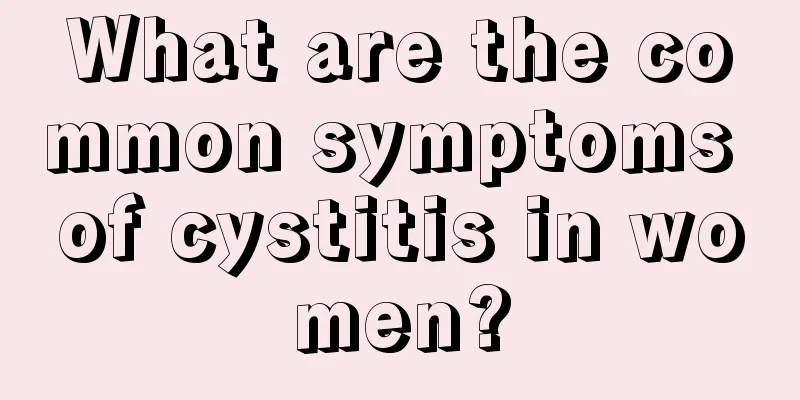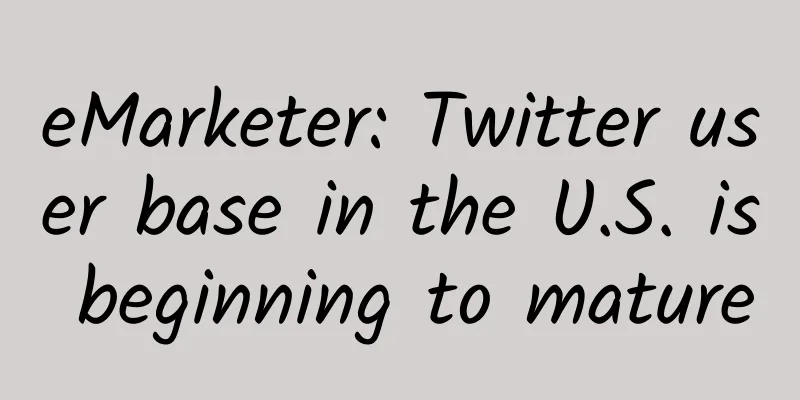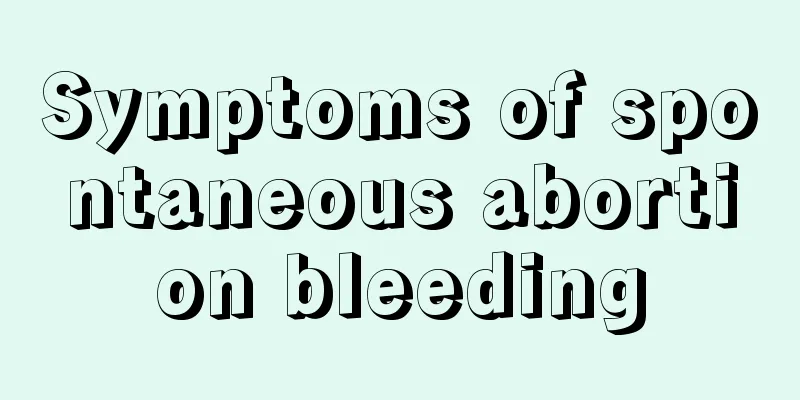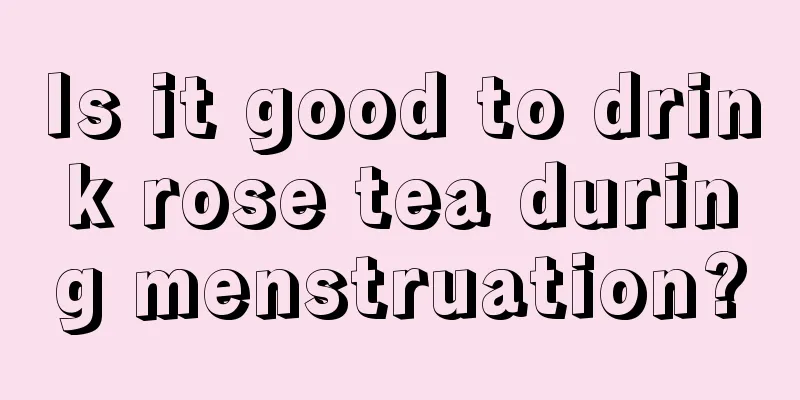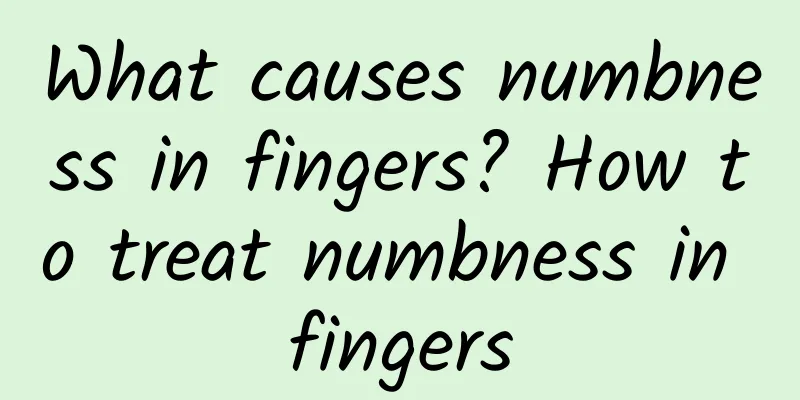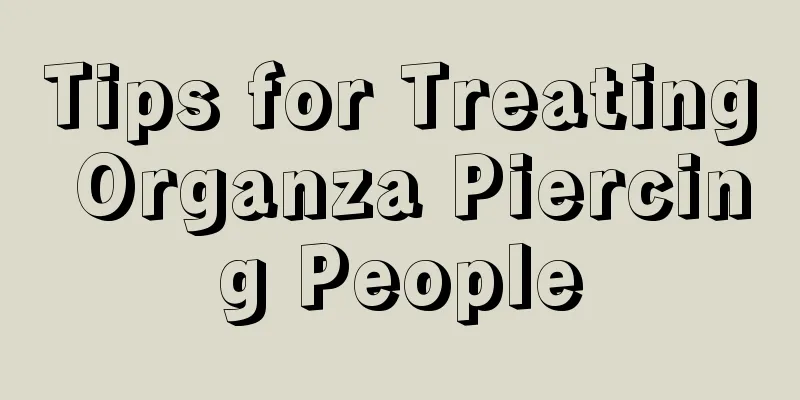What is the reason for two placentas?

|
In fact, in our lives, each fetus corresponds to a placenta. If two placentas are detected in a pregnant woman, it means that the pregnant woman may be pregnant with twins, and there may also be a case of retained placenta. Regardless of the reason, it should be actively checked and treated, because problems with the placement will affect the growth and development of the fetus. So what is the reason for two placentas? There is no such thing as a rotten placenta in medicine, but there are retained placenta, placenta adhesion, placenta incarceration, and placenta accreta. Postpartum retained placenta generally requires artificial placental removal. If the placenta is found to be adhered or implanted, the removed placenta is often incomplete. These situations are not necessarily caused by miscarriage. They may be caused by chronic endometritis, chronic pelvic inflammatory disease, etc., or may be caused by deep implantation of the fertilized egg, etc. If two placentas are seen during delivery but only one baby is born, there may be many situations, such as accessory placenta, which is one large placenta and one small placenta. The accessory placenta will not have adverse effects on the fetus. The main thing is that after the main placenta is delivered during delivery, you should pay attention to whether the accessory placenta is delivered. Don't worry, it may be that during pregnancy, the main placenta is relatively weak and cannot provide all the nutrients needed for the growth and development of the fetus. The body automatically adjusts and grows a secondary placenta to help supply nutrients. The placenta is a transitional organ for the exchange of substances between mother and child during pregnancy in metatherian and eutherian mammals, which is formed by the combination of the embryo's embryonic membrane and the maternal endometrium. It is composed of the amniotic membrane, the chorion frondosum, and the basal decidua. The fetus develops in the uterus and relies on the placenta to obtain nutrition from the mother, while both maintain a considerable degree of independence. The placenta also produces a variety of hormones that maintain pregnancy and is an important endocrine organ. Some reptiles and fish also reproduce by giving birth to their offspring live. The embryo grows some auxiliary structures such as yolk sac and gill filaments that are closely integrated with the maternal tissues to achieve the exchange of substances between mother and child. This structure is called a pseudoplacenta. The placenta after childbirth is also a traditional Chinese medicine, called human placenta and placenta. |
<<: How to care for episiotomy wounds during pregnancy
>>: Three months after delivery, the episiotomy wound hurts
Recommend
Can female anovulation be cured?
Many mothers regret their lifelong failure to ovu...
How to avoid episiotomy scars
Some women need episiotomy during childbirth beca...
There are many pitfalls on the road to treating hair loss. Why is it so difficult to grow hair?
Author: Zhang Jianzhong, Chief Physician, Peking ...
What is the cause of unexplained vaginal bleeding?
Recently, we have learned that many women have un...
How to maintain the uterus and ovaries
For many women, the health of the uterus and ovar...
Does having many follicles mean having polycystic ovary?
Many female friends may not understand the sympto...
Menstruation was delayed for ten days and I was not pregnant
There are various reasons for delayed menstruatio...
If the breasts don't swell, does it mean that there is no milk?
Many women experience breast failure during pregn...
The harm of using essential oils during breastfeeding
During breastfeeding, it is best to use less esse...
Under what circumstances will the early pregnancy test paper show a false positive
Many women of childbearing age, if they have norm...
What is the cause of increased vaginal discharge in women?
We all know that whether a woman's body is he...
What are the functions of women's beauty and health tea?
For ladies, a beautiful face is a big deal, and t...
What should I pay attention to when I have irregular menstruation and breast pain
Women have some menstruation every month, and men...
What should I do if I have a stomachache after my period? What should I do if I have a stomachache after my period?
Many women experience abdominal pain before and a...
Do you know the seven etiquettes of wearing underwear?
The size of the bra should fit your body well, so...
